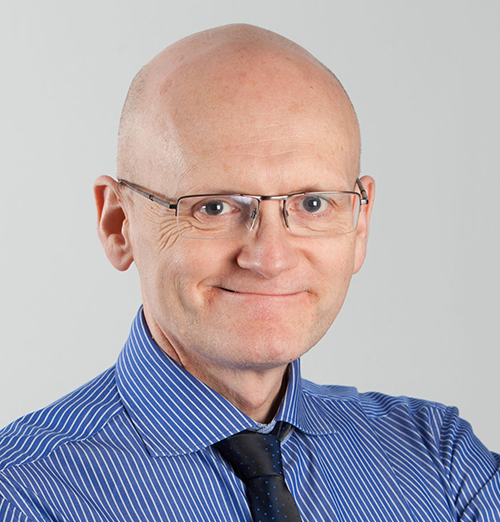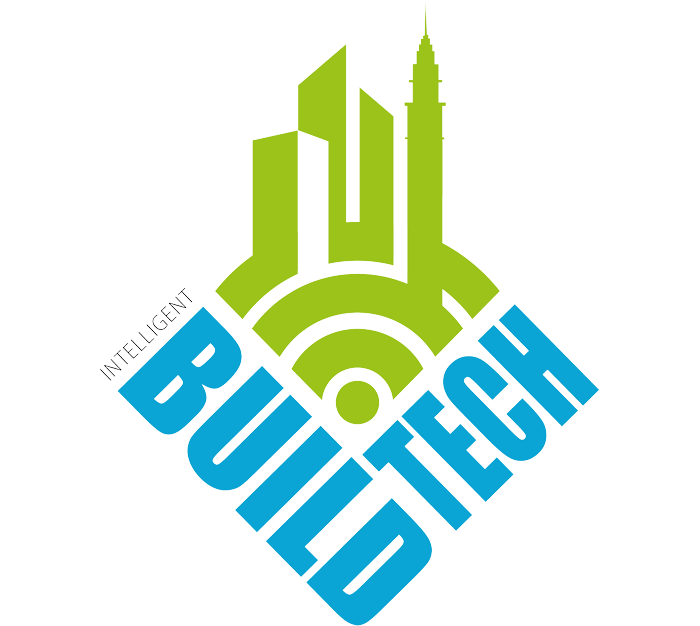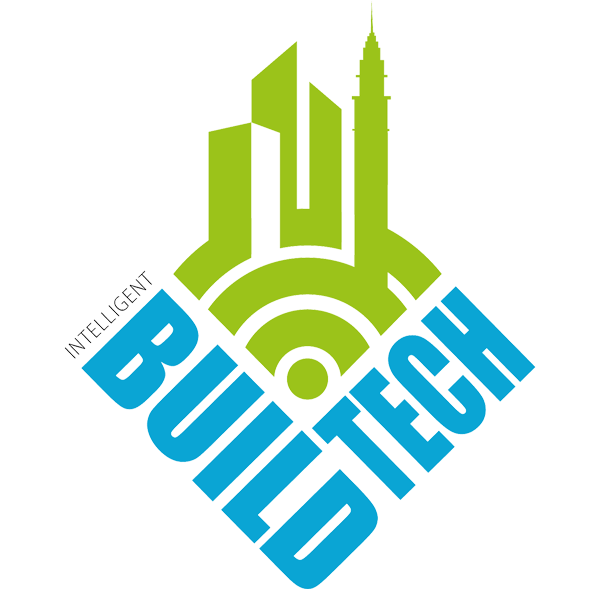We glean insights from Don McLean, CEO of IES, on how creating a digital twin for Stirling & Clackmannanshire, Scotland, has influenced the region’s energy master plan and strategy for achieving carbon neutrality by 2045.

How did the creation of the digital twin for Stirling & Clackmannanshire influence the energy master plan and its strategy for achieving carbon neutrality by 2045?
Equipped with a digital twin of the entire city region, Stirling & Clackmannanshire Councils could access extensive data to inform its energy masterplan and decarbonisation strategy.
The digital twin of the city region has not only enabled Stirling and Clackmannanshire Councils to map their plan to 2045; it provides them with the tools to track their progress in years to come. The dynamic, interactive nature of the technology also means they can flex their approach as circumstances evolve over the next two decades, from funding availability to local priorities.
The dynamic digital replica of the region consolidated several data streams for the Councils, enhancing decision-making and cross-organisation collaboration. Councils manage a plethora of priorities, which means that information can often sit in siloes. The creation of the digital twin meant different Council stakeholders could easily access, share, filter, and navigate all information held across the Councils from one place via an interactive interface.
When creating the digital twin, we were able to visualise various areas across the region, such as those experiencing greater levels of fuel poverty and poor insulation. This enabled us to pinpoint areas for improvement and places to boost resilience. Ultimately, IES’ simulations uncovered that carbon emissions produced by the energy used to heat and power the region’s domestic and non-domestic buildings can be reduced by approximately 98% by 2045, when compared against a 2022 baseline, through the actions and projects identified.
What were some of the biggest challenges encountered during the development of the digital twin, particularly in modelling such a large and diverse region?
The model covered 3D geometries for every building in the entire region, which spans a significant 2,413 square kilometres. As such, the scale of the model was one of the most complex factors to navigate. We approached the project by dividing the area into over 20 distinct models, meaning that different colleagues could work on specific sections simultaneously. We then synchronised the models into a single, dynamic, online version for the region.
But the scale of the project didn’t force us to compromise on the robustness of the data. One benefit of IES technology is that it provides every building with its unique simulation profile to analyse individual building carbon and energy demands, rather than needing to scale property archetypes.
Looking at the development of digital twins more generally, retrieving the right type of data is a common challenge. In this case, it was great that the two Councils had access to their own Geographic Information System (GIS) data. They also had access to data sets from a source called Home Analytics, which is a database of information on factors like fabric, roof insulation, and building systems that is provided free of charge for public authorities in Scotland by the Energy Saving Trust. This meant that we could overcome the challenges of data retrieval by easily importing existing data sets to create our own models.
There can also be challenges when it comes to collecting information about non-domestic buildings, which often come with greater confidentiality constraints. But by working with a stakeholder engagement partner, we managed to connect with most of the industrial players in the area and gather the information we needed.
Can you share any insights into how the data from the digital twin will be utilised by local councils to continually monitor and adjust their approach to energy efficiency and emissions reduction?
There will be two main ways that the Councils will go on to use the digital twin: to edit the model as things change and plans evolve in the future; and to visualise and export the outcomes into their existing tools.
We exported the outcomes of our digital model into GIS layers, which meant that the Councils could overlap the model onto their existing GIS systems. Integrating this information will make the Council’s information exchange and analysis much easier in the future.
However, Council stakeholders not only have access to the dynamic digital twin; they are also equipped with the technology and training to edit it. This is perhaps one of the most useful attributes of our technology; it empowers users to monitor the twin and edit their plans as external factors evolve accordingly.
Looking beyond this project, how do you see digital twin technology transforming the construction and building sector’s approach to sustainability and climate resilience?
For me, it’s all about science-based data-driven decision-making. We’ve proven it’s possible to analyse large-scale geographies while retaining the ability to capture and analyse accurate and detailed, building-level intel. Ultimately, this technology will only continue to get more sophisticated.
Performance modelling throughout a building’s entire lifespan, facilitated by performance digital twins, is essential for predicting building performance and evaluating various future scenarios for achieving net-zero goals. As net-zero targets become standard, failing to utilize advanced scenario analysis can lead to ineffective strategies and financial losses. These dynamic capabilities are crucial, not only as a key decision-making tool during the design phase of new construction or retrofit projects but also throughout the building’s lifecycle. This ensures that net-zero measures meet expectations and that the building maintains its intended efficiency.
This should strengthen the sector’s confidence when it comes to making decisions that support sustainability and climate resilience in the built environment. Decision-makers can base their strategies and investments on strong, reliable, science-backed data, rather than relying on spreadsheets and high-level calculations to guide the way.
With climate tech rapidly advancing, what innovations in building materials or design do you believe will be critical in driving the industry toward more sustainable practices?
For us, the main innovation is about shifting to a whole-life approach to building performance at the design stage. We often consider sustainable fabrics and measures to implement when developing a new building, but we also need to think about the rest of that building’s lifecycle and design for optimal operational performance from the very beginning of the process.
With that being said, we also need to think carefully about the buildings we already have, and that will continue to be around for a long time to come. For example, historic buildings have very different requirements and constraints compared to, say, a new build. We need to understand how distinct buildings operate and develop tailored strategies which support their unique decarbonisation journeys.
As an industry leader, what do you think are the key barriers to widespread adoption of climate tech solutions, and how can the industry work together to overcome these obstacles?
For me, the challenge is twofold – the built environment sector needs a better understanding of the art of the possible, and there is a need for upskilling across all built environment stakeholders.
From a practical perspective, property owners are often unaware that a model of their building already exists – or they are simply unable to access it. There is a lack of understanding of the potential that ‘re-awakening’ a Sleeping Digital Twin (that is, an existing 3D design, compliance or BIM model of their building) holds. By extending the useful life of these models into operation as part of a whole-life performance modelling approach, and integrating real operational data, therein lies an opportunity to transform these underutilised digital assets into live digital twins capable of supporting improved performance outcomes across the whole building lifecycle. But sometimes, it’s more practical and efficient to build the model from scratch – which is absolutely possible and something we discuss at length in our guide to creating performance digital twins.
One of the key barriers in adopting this approach is a lack of skills. AEC professionals, in particular, have a role to play in increasing awareness and educating building owners on the benefits of utilising digital models throughout the building lifecycle. Whilst improving energy modelling practices, and upskilling the workforce to go beyond a compliance only approach by fully embracing the application of building physics and other digital skills can ensure that design teams, owners, tenants and contractors have the data and tools needed to design, construct and manage buildings that meet net-zero targets.
Technology providers like IES will also be faced with greater demand as the decarbonisation agenda and pressure from government, industry, and society continues to mount. Taking a scaled approach – for example, analysing entire city regions as we did in Stirling & Clackmannanshire – will enable us to tackle the challenge at a greater pace. But we must prioritise developing skilled talent to ensure we can deliver this important work.




